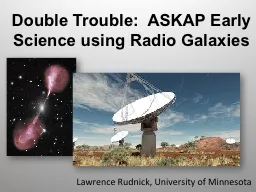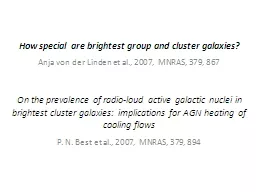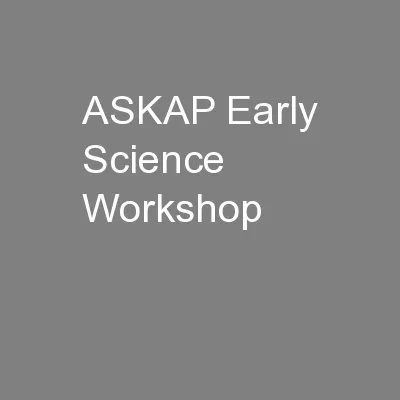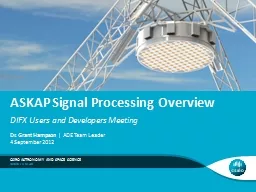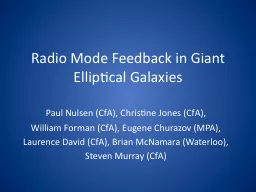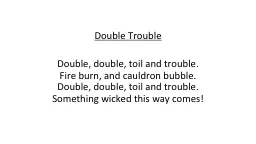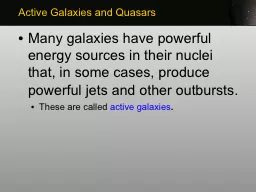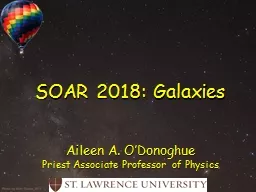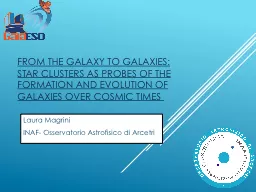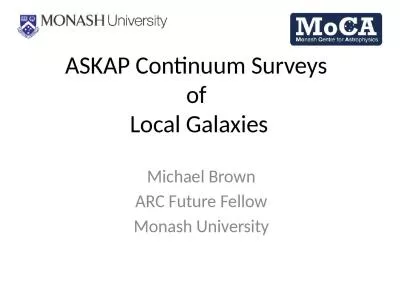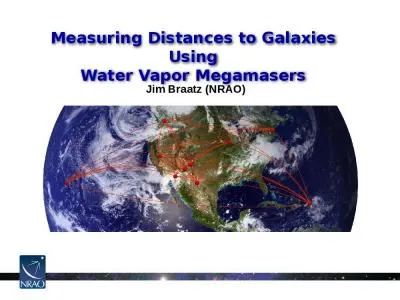PPT-Double Trouble: ASKAP Early Science using Radio Galaxies
Author : pamella-moone | Published Date : 2016-06-26
Lawrence Rudnick University of Minnesota Deepwidebandpolarization 30 m Jy800sq deg 7001800 More science using subsamples This is single project from large survey
Presentation Embed Code
Download Presentation
Download Presentation The PPT/PDF document "Double Trouble: ASKAP Early Science usi..." is the property of its rightful owner. Permission is granted to download and print the materials on this website for personal, non-commercial use only, and to display it on your personal computer provided you do not modify the materials and that you retain all copyright notices contained in the materials. By downloading content from our website, you accept the terms of this agreement.
Double Trouble: ASKAP Early Science using Radio Galaxies: Transcript
Download Rules Of Document
"Double Trouble: ASKAP Early Science using Radio Galaxies"The content belongs to its owner. You may download and print it for personal use, without modification, and keep all copyright notices. By downloading, you agree to these terms.
Related Documents

